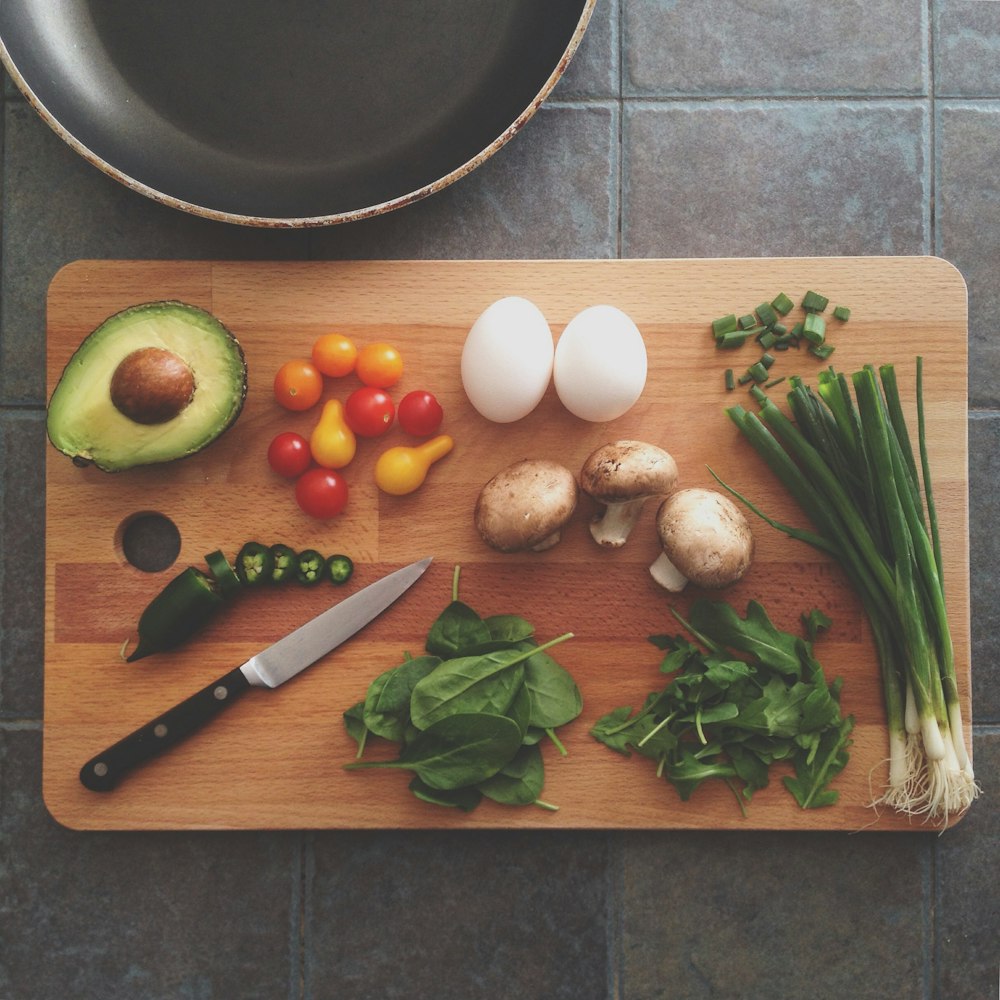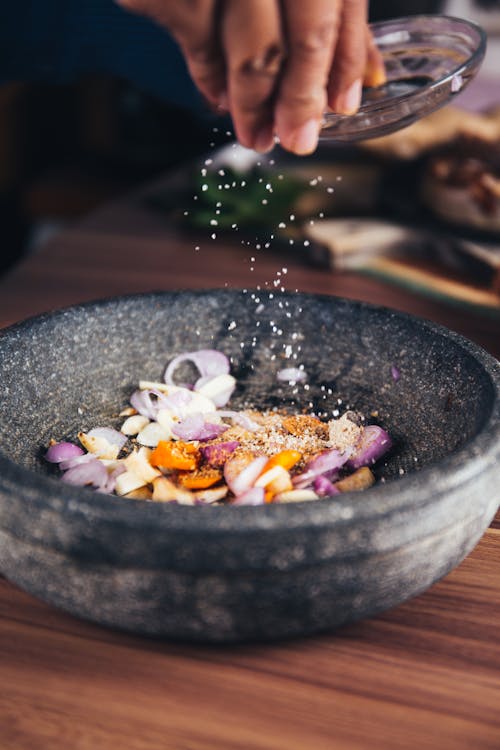4.2 Strategies to Reduce Sodium
Understand the Nutrition Facts Label
When eating processed foods, it is important to understand the Nutrition Facts label.1 Make sure to compare the sodium amounts with the serving size. For example, if 1 cup of soup contains 700 mg of sodium and you eat 2 cups, you must multiply the sodium amount by two: you are actually consuming 1400 mg of sodium by eating 2 cups of soup.
The ingredient list must also be read in order to identify sodium, which, among other terms, can be listed as:
- Na (this is the chemical symbol for sodium)
- Sodium chloride (look for all ingredients that use the word sodium)
- Baking soda
- MSG
Understand Food Label Marketing Terms
Descriptive terms on food labels may be deceiving. Again, it is important to read the Nutrition Facts label and the ingredient list, so you can be sure of the sodium amounts in the product and better manage your sodium intake. Some common label terms which may cause confusion:
- Unsalted or no salt added: No added salt was used in the product, but there could still be sodium in the food.
- Reduced Sodium: This means that the sodium amount from the original product was reduced by 25%, but the food may still contain a significant amount of sodium.
- Light: This means that the sodium amount from the original product was lowered by 50%, but the food may still contain a significant amount of sodium.
Other Ways to Reducing Salt and Sodium Intake
- Eat more fresh, whole foods such as fruits, vegetables, beans, grains, and lean meats. Eat local and during the season for better-flavored produce.
- Reduce the amount of highly processed foods you eat, or foods that come in a can or package – this includes condiments as they are usually high in sodium.
- When you do eat canned foods, such as beans, rinse them before you eat; this can reduce the sodium level.
- Limit take-out and restaurant meals.
- Cook more at home so you can control the sodium amounts and other ingredients.
- Put down the salt shaker and experiment with other ingredients to enhance flavor:
- Herbs and spices
- Extracts; which are highly concentrated flavors mixed with an alcohol base (Pure vanilla extract)
- Small amounts of sodium containing “umami” flavored condiments (miso, soy sauce) to boost the flavor
- Vegetable and fruit purees to add flavor.
- Sour ingredients, such as lemon juice and vinegar
- Cooking methods that build flavor and bring out the natural flavor: Sauté and roast. (Steaming and microwaving may diminish food flavors.)
- Put down the salt shaker and experiment with other ingredients to enhance flavor:

Salt Substitutes2
There are products on the market that are categorized as “Salt substitutes.” If you are diagnosed with a chronic disease, such as heart disease or high blood pressure, and are on medications, it is important to speak with your healthcare provider before consuming these products.
For those with hypertension or those looking for a way to decrease salt use, using a salt substitute for food preparation is one option. However, many salt substitutes still contain sodium, just in lesser amounts than table salt. Also, remember that most salt in the diet is not from table salt use, but from processed foods. Salt substitutes often replace sodium with potassium. People with kidney disorders often have problems getting rid of excess potassium in the diet and are advised to avoid salt substitutes containing potassium. People with liver disorders should also avoid salt substitutes containing potassium because their treatment is often accompanied by potassium dysregulation. Table 4.1 displays the sodium and potassium amounts in some salt substitutes.
Table 4.1: Salt Substitutes
| Product | Serving Size | Sodium (mg) | Potassium (mg) |
| Salt | 1 tsp. | 2,300 | 0 |
| Mrs. Dash | 1 tsp. | 0 | 40 |
| Spike (Salt-Free) | 1 tsp. | 0 | 96 |
| Veg-It | 1 tsp. | <65 | <65 |
| Accent Low-Sodium Seasoning | 1 tsp. | 600 | 0 |
| Salt Sense | 1 tsp. | 1,560 | 0 |
| Pleasoning Mini-Mini Salt | 1 tsp. | 440 | 0 |
| Morton Lite Salt | 1 tsp. | 1,100 | 1,500 |
| Estee Salt-It | 1 tsp. | 0 | 3,520 |
| Morton’s Nature’s Seasons | 1 tsp. | 1,300 | 2,800 |
| Morton Salt Substitute | 1 tsp. | 0 | 2,730 |
| No Salt | 1 tsp. | 5 | 2,500 |
| Nu-Salt | 1 tsp. | 0 | 529 |

FOOTNOTES
1 Nutrition Facts Label
2 Salt Substitutes

